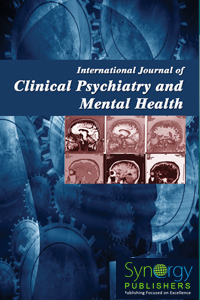
Study on TCM Syndrome of Bipolar Mania: Data From Domestic Published Manic Disorder With Multiple Syndromes Treated by Integrated Traditional Chinese and Western Medicine (Pages 58-61)
Sun Fengli1, Zhu Jianfeng2, Wang Zhiqiang3 and Jin Weidong1,4
1Zhejiang Province Mental Health Center, Depert of Psychiatry, Zhejiang Province Tongde Hospital, Hangzhou, China; 2The Second College, Zhejiang Chinese Medicine University, Hangzhou, China; 3Department of Psychosomatic, Chuiyangliu hospital, Tsinghua University, Beijing China; 4Zhejiang Chinese Medicine University, Hangzhou, China
DOI: https://doi.org/10.12970/2310-8231.2020.08.09
Download PDFAbstract: Objective: To analyze the distribution characteristics of TCM (traditional Chinese medicine)syndromes of bipolar mania from published literature on the treatment of mania with integrated traditional Chinese and Western medicine.
Methods: Literature was collected from Chinese database, and statistical analysis was carried out on 6 literature that met the criteria, and the contribution rate of different syndromes was analyzed.
Result: The contribution rate of qi stagnation and blood stasis (Chinese phonetic alphabet: qizhixueyu, TCM term) was 0.258, Yin deficiency and fire prosperity (Chinese phonetic alphabet: yinxvhuowang, TCM term) were 0.344, phlegm and fire disturbance (Chinese phonetic alphabet: Tanhuoraoxin, TCM term) were 0.894, liver and gallbladder stagnation (Chinese phonetic alphabet: Gandanyure, TCM term) were 0.956, and Yin injury caused by fire(Chinese phonetic alphabet: Huoshengshangyin, TCM term) was 0.72.
Conclusion: The contribution rate of phlegm and fire disturbance, liver and gallbladder preheating, fire injury Yin contribution ratio was larger. The contribution rate of Qi stagnation and blood stasis, Yin deficiency and fire prosperity was smaller.
Keywords: Bipolar mania, Chinese medicine manic, Chinese medicine syndromes, Contribution.
Read more

